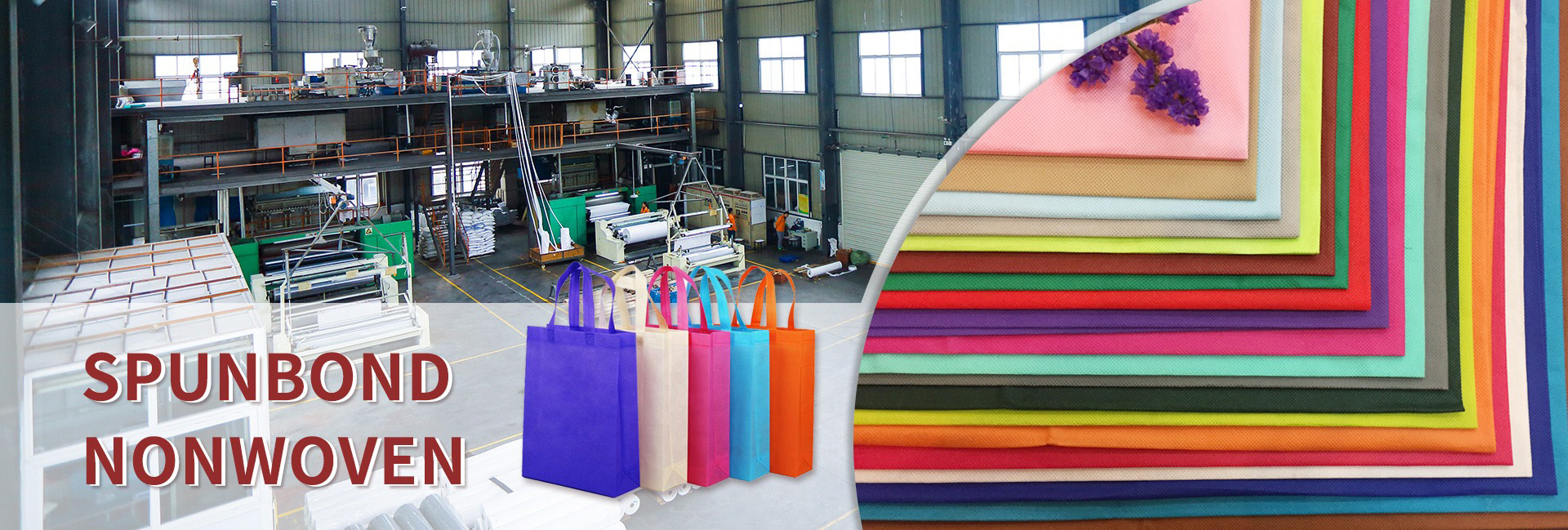
Products
8 oz needle punch filter fabric
Needle punched filter fabric, also known as polyester needle punched cotton, has the unique advantages of high porosity, good breathability, high dust collection efficiency, and long service life of ordinary felt filter fabrics. Due to its moderate temperature resistance, up to 150 ° C, moderate acid and alkali resistance, and excellent wear resistance, it has become the most widely used variety of felt filter materials. The surface treatment methods can be singeing, rolling, or coating according to different requirements of industrial and mining conditions.
Product specifications
Brand: Liansheng
Delivery: 3-5 days after order generation
Material: Polyester fiber
Weight: 80-800g/㎡ (customizable)
Thickness: 0.8-8mm (customizable)
Width: 0.15-3.2m (customizable)
Product certification: SGS, ROHS, REACH, CA117, BS5852, biocompatibility testing, anti-corrosion testing, CFR1633 flame retardant certification, TB117, ISO9001-2015 quality management system certification.
The characteristic of needle punched filter fabric
Needle punched filter fabric, also known as non-woven fabric, needle punched felt, needle punched cotton and other various names. Its characteristics are high density, thin thickness, and hard texture. Generally, the weight is around 70-500 grams, but the thickness is only 2-5 millimeters. Due to different usage environments, it can be divided into many types. Like polyester needle punched felt, this is the most widely used product with a lower cost and can be used at room temperature. In addition, other industrial needle punched felt also contains components such as polypropylene, cyanamide, aramid, nylon, etc. It is commonly used in toys, Christmas hats, clothes, furniture, and car interiors. Due to its high density and environmental friendliness, it is also used for purifying water resources.
What are the drawbacks of needle punched filter fabric?
1) Compared to textile fabrics, it has poor strength and durability.
2) Cannot be cleaned like other fabrics.
3) The fibers are arranged in a certain direction, so they are prone to cracking from a right angle, and so on. Therefore, the improvement of production methods is mainly focused on improving the prevention of splitting.












